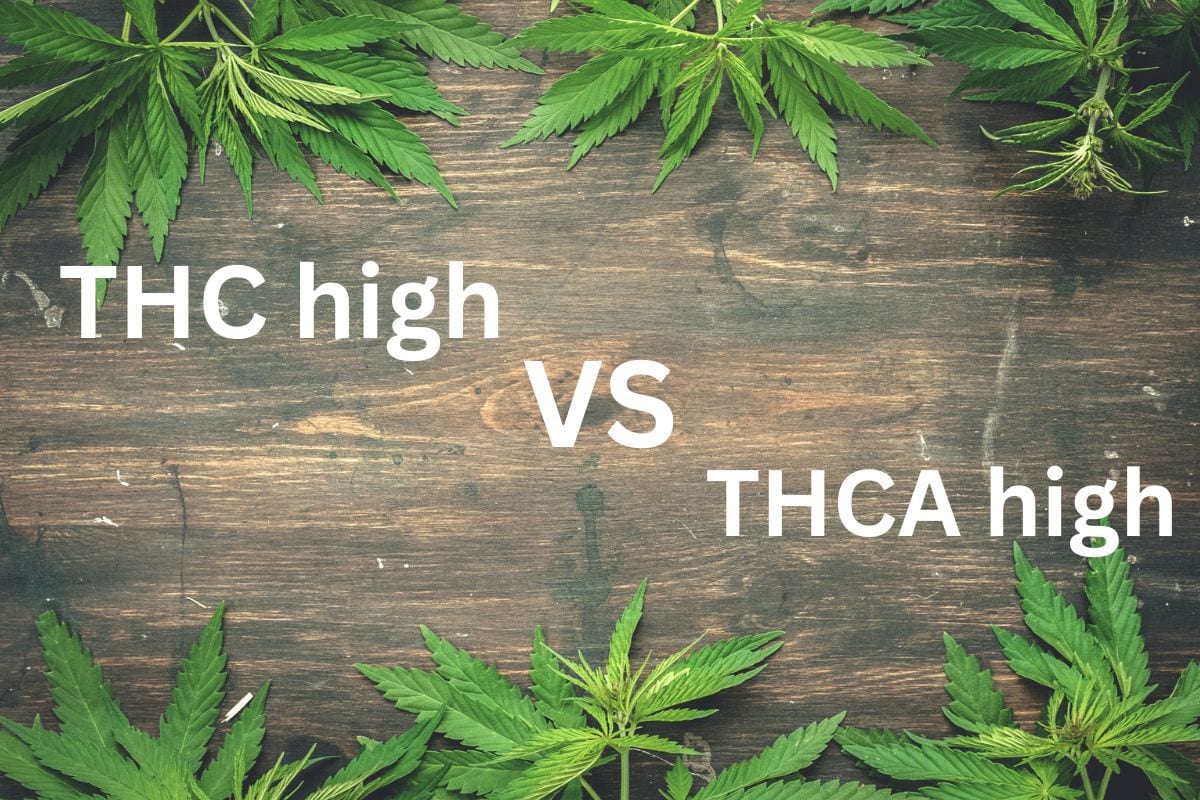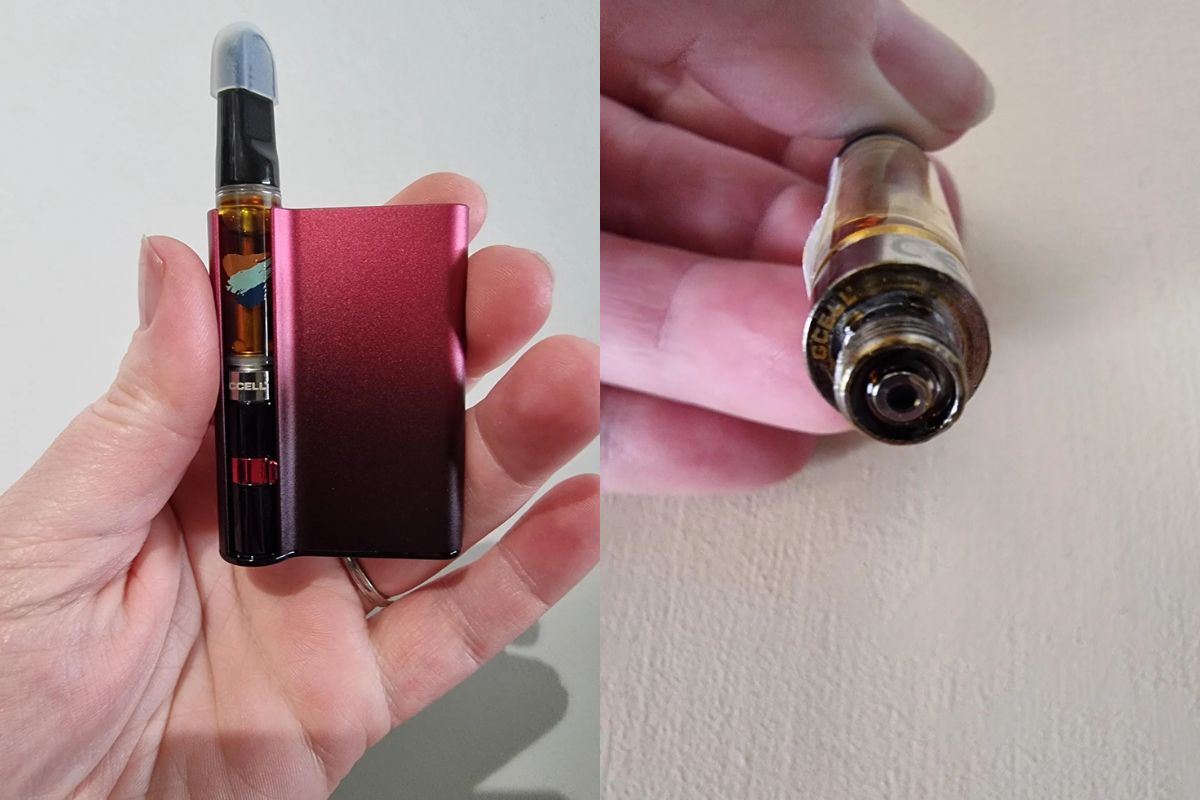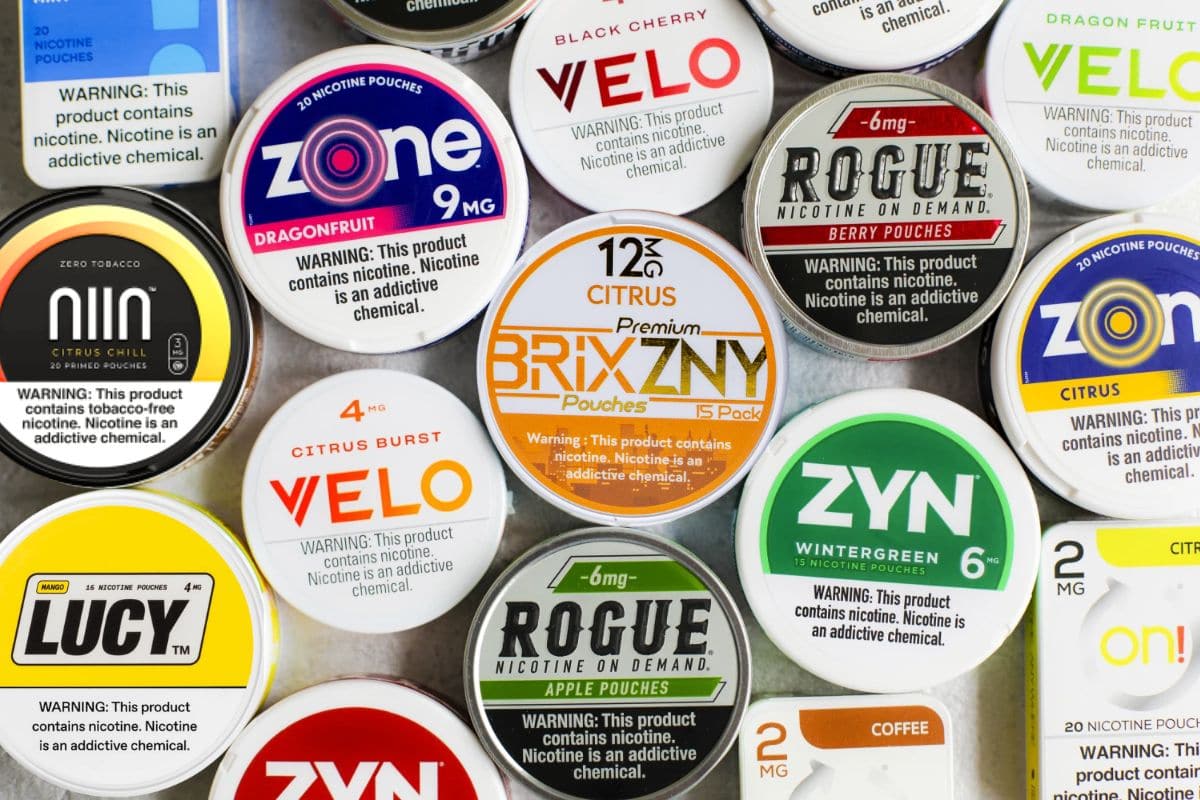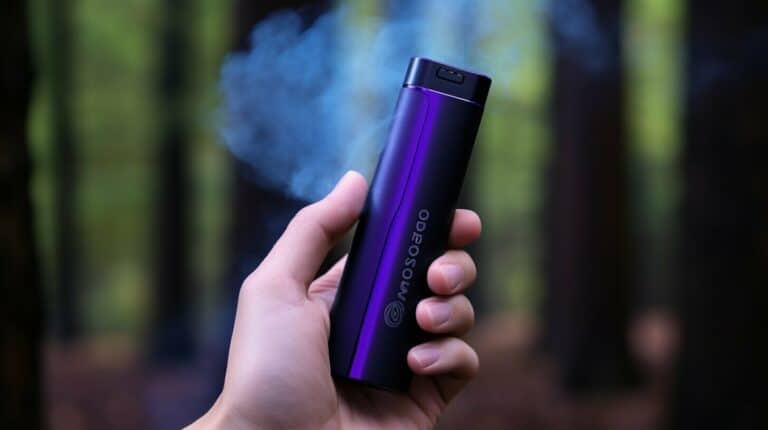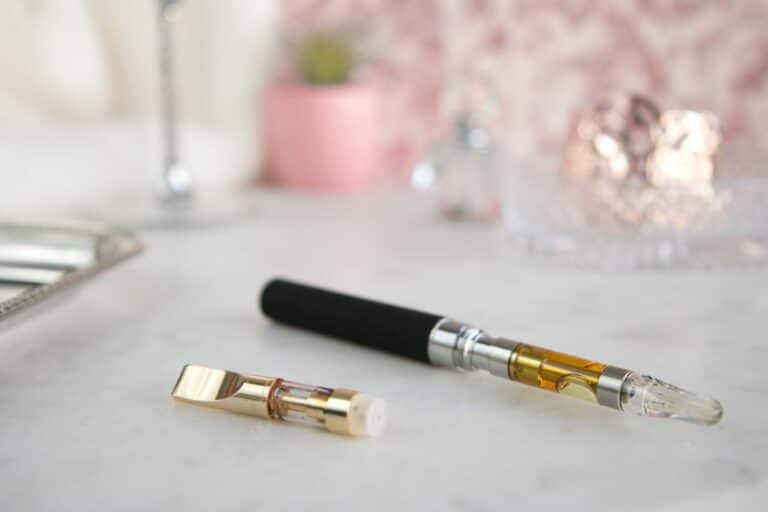THCa High vs THC High: Understanding the Differences in Effects
Jump into the exciting universe of cannabis, and you’ll run into two standout players: **THCa** (tetrahydrocannabinolic acid) and **THC** (tetrahydrocannabinol). Think of them as cousins in the big marijuana family, each boasting their special sparkle. **THCa** likes to hang out in the plant’s raw spots, playing it cool and not causing a ruckus. Yet, crank the **heat**, pop it in the oven, or set it ablaze, and bam! THCa flips into THC, the star of the show, famous for its signature buzz. **Eager to see this transformation with your own eyes?** Stick with us to uncover the **incredible transformations** that turn the dial from mellow to electrifying in the world of weed.
Table of contents
Understanding the difference in the effects of THCa and THC can shape your cannabis experience. THC’s psychoactive properties are well-known and sought after for both recreational and medicinal use, inducing feelings of euphoria and relaxation. It directly interacts with the body’s endocannabinoid system, particularly binding to receptors in the brain. This binding is what triggers the high sensation. On the contrary, THCa has shown potential as a neuroprotective agent, suggesting it might help protect nerve cells against damage, degeneration, or impairment of function.
Given that THC is intoxicating and can alter your sensation of time, reality, and space, it’s widely used for its mind-altering effects. THCa’s potential health benefits without the psychoactive aftermath make it a compound of interest for medical research. When choosing between the two, consider your desired outcomes, whether you are looking for a profound psychoactive experience or exploring cannabis for its therapeutic potential without the high.
Chemistry of THC and THCa
In your exploration of cannabis chemistry, it’s vital to understand the intricacies of THC (tetrahydrocannabinol) and THCa (tetrahydrocannabinolic acid), as they are primary cannabinoids with different effects and properties.
Cannabinoid Profiles
THC is the cannabinoid most commonly associated with the psychoactive effects of cannabis. It interacts with the nervous system to produce a high. THCa, on the other hand, is the non-psychoactive precursor to THC found in the raw cannabis plant. Though THCa has its own potential benefits, it does not produce a high until it is converted into THC through a process called decarboxylation, which involves heat.
Decarboxylation Process
The decarboxylation of THCa to THC is a chemical reaction that occurs when cannabis is exposed to heat, whether through smoking, vaping, or baking. Heat causes the carboxyl group within THCa to be removed, transforming it into the psychoactive THC. This process is crucial if you’re seeking the intoxicating effects of cannabis, as THCa itself will not induce a high when consumed.
Chemical Structure Differences
THC and THCa have similar molecular structures, with one important difference: the presence of a carboxyl group in THCa. It is this group that makes THCa an acid and is lost upon decarboxylation to form THC. Understanding this distinction is crucial, as it underlies the different effects each compound elicits when consumed. The removal of the carboxyl group dramatically changes the chemical properties and, subsequently, the physiological effects of these cannabinoids.
Pharmacology

In exploring the pharmacological differences between THCa and THC, you will find that their effects on the body largely hinge on how each compound interacts with your endocannabinoid system. THCa is a non-psychoactive precursor to the psychoactive cannabinoid THC, which is renowned for its notable impact on the brain and perception.
Interaction with Receptors
Both THCa and THC interact with the body through cannabinoid receptors. THC has a high affinity for CB1 receptors primarily located in the brain and central nervous system, leading to its psychoactive effects. Contrary to THC, THCa does not bind well to CB1 receptors, explaining its non-intoxicating nature. CB2 receptors, found in the peripheral tissues and associated with the immune system, are also engaged by THC but to a lesser extent. Research such as that found in studies on tetrahydrocannabinolic acid A suggests affinity and efficacy at these sites may vary.
Psychoactive Properties
THC is known for its psychoactive properties due to its effective binding to CB1 receptors, which influences neurotransmitter release in your brain. This interaction results in various effects, such as altered perception, mood changes, and cognitive impairment commonly associated with a ‘high’. On the other hand, as a non-psychoactive compound, THCa does not produce these sensations or alterations in perception when consumed in its raw form.
Psychoactive vs Non-Psychoactive Effects
While THC can bring about psychoactive effects, THCa is looked at for its potential neuroprotective properties, as highlighted in in-vitro and in-vivo research on minor cannabinoids isolated from Cannabis sativa. Since THCa doesn’t contribute to the intoxicating effects, it’s under investigation for its therapeutic benefits without impairing cognitive functions, which could be particularly beneficial as part of a medical treatment where maintaining clarity of mind is essential.
Consumption Methods

When it comes to the experiences of THCa and THC highs, your mode of consumption plays a pivotal role. The following subsections delve into the specifics of how each method affects the onset and intensity of effects.
Inhalation Effects
For immediate effects, you might consider inhalation through smoking or vaping. Smoking involves the combustion of cannabis flower, causing a near-instant release of both THC and transformed THCa. On the other hand, vape cartridges allow you to inhale without burning the plant material, often leading to a smoother experience. Bear in mind that THC is more readily absorbed in this form, potentially leading to a more intense high.
Edibles and Digestive Process
Alternatively, consuming edibles introduces cannabinoids through your digestive process, resulting in delayed onset of effects, as the active compounds must first pass through your liver. This metabolic pathway turns THC into a more potent compound, which may lead to a longer-lasting and more profound high than inhaled THC. Remember, THCa is less likely to produce psychoactive effects until it’s been transformed into THC through heat.
Topical Applications
Lastly, topical applications involving tinctures and topicals serve a different purpose. They’re typically used for localized relief and are not designed for psychoactive effects. The skin, with its protective barrier, does not absorb THC in a way that leads to a high. However, the presence of both THC and THCa in topicals can be relevant for therapeutic uses.
Health and Medical Implications

When exploring the health and medical implications of THCa and THC, it’s crucial to understand their distinct therapeutic benefits, potential side effects, and how they’re used in medical cannabis. Here, you’ll find a detailed look into how these cannabinoids interact with your body and the implications for treatment.
Therapeutic Benefits
THCa, the acidic precursor to THC found in raw cannabis, has been observed to exhibit anti-inflammatory properties and might be beneficial in treating neurodegenerative diseases. Research suggests that THCa may offer pain relief and could act as a therapeutic agent without psychoactive effects. THC, on the other hand, is known for its psychoactive effects but also has therapeutic qualities, such as alleviating nausea and increasing appetite, which can be particularly useful in clinical settings.
Side Effect Profile
The side effect profile of THC includes psychoactive experiences, which might lead to a feeling of euphoria—often referred to as being “high.” In contrast, THCa does not produce these psychoactive effects. However, when you consume THC, especially in high doses, you may experience adverse effects such as anxiety or paranoia. Knowing the different side effect profiles is important for shaping health benefits and therapy strategies, especially for users who undergo drug tests, as THC can result in positive outcomes while THCa typically does not.
Medical Cannabis Use
In medical cannabis use, the ratio of THCa to THC can significantly dictate medical outcomes. You may find products with varying ratios tailored to deliver specific health benefits such as pain relief or to minimize the risk of neurodegenerative conditions. Understanding these ratios and their implications is key to effective therapeutic application and ensuring the avoidance of unwanted side effects whilst maximising anti-inflammatory and neurodegenerative disease management.
Legal and Industry Considerations

As you explore the differences between THCa and THC, it’s crucial to understand the legal frameworks that govern cannabis usage, the market influence on product development and labeling, as well as the scientific methods used for cannabinoid analysis—all of which deeply impact consumer experience.
Regulatory Landscape
The legal environment for cannabis-related products has been transformed by the Farm Bill. This legislation removed hemp, defined as cannabis with less than 0.3% THC, from the Controlled Substances Act, effectively legalizing its production within regulatory guidelines. However, marijuana—the form of cannabis with higher THC content—remains federally illegal, though some states have moved toward marijuana legalization. This dichotomy creates a patchwork of laws affecting how THC and its precursor, THCa, are regulated—with THCa often being legally ambiguous since it is non-psychoactive until decarboxylated into THC.
Cannabis Market Dynamics
The cannabis industry is responding to consumer demand with a trend toward higher THC products. Consumer preferences and the quest for potent experiences are driving the market, often with the label’s THC content playing a key role in purchasing decisions. As the industry grows, entities must grapple with the balance between consumer desire for high THC levels and responsible manufacturing and labeling practices.
Scientific Research and Analysis Methods
For accurate measurement of cannabinoid content, industry standards now rely on sophisticated technologies such as gas chromatography (GC) and liquid chromatography (LC). These analytical methods are crucial for ensuring that products meet legal THC limits and provide consumers with reliable information. Laboratories use these techniques to report THC levels, which may include both THC and its acid form, THCa, by considering the total potential THC following decarboxylation. Understanding these methods is foundational to assessing product potency and compliance with legal status.
Each of these elements—the evolving laws, the dynamic market, and the scientific underpinnings—intertwine to shape your experience with cannabis and cannabis-derived products. It’s essential to remain informed on these aspects to navigate the industry safely and knowledgeably.
Potency, Purity, and Quality
| Characteristic | THC (Tetrahydrocannabinol) | THCa (Tetrahydrocannabinolic Acid) |
|---|---|---|
| Chemical Form | Activated (Decarboxylated) | Inactive (Non-decarboxylated) |
| Psychoactive Effects | Yes | No |
| Binding Affinity | Binds to CB1 receptors | Does not directly bind to receptors |
| Found in Raw Cannabis | No | Yes |
| Heat Activation | Spontaneously at high heat | Requires heat to convert into THC |
| Therapeutic Properties | Analgesic, anti-inflammatory, antiemetic, etc. | Anti-inflammatory, neuroprotective, etc. |
| Legal Status | Restricted in many places | Generally legal (non-psychoactive) |
| Consumption | Typically through smoking, vaping, or edibles | Typically found in raw cannabis, consumed in juices, smoothies, or tinctures |
In this section, you’ll learn how the potency, purity, and quality of cannabis products, specifically focusing on THC and THCa, directly influence their effects and safety. Understanding these aspects can help you make informed decisions about your consumption preferences and health considerations.
Potency and Efficacy
Potency in cannabis refers to the concentration of cannabinoids, such as tetrahydrocannabinolic acid (THCa) and delta-9-tetrahydrocannabinol (THC). While THCa is non-psychoactive, it converts to the psychoactive THC when exposed to heat, a process known as decarboxylation. This transformation alters both the molecular mass and the chemical structure of the compound, resulting in different effects on your body.
- THCa Tincture: Typically lower in psychoactive effects, often sought for potential therapeutic benefits.
- THC Total: Refers to the sum of THC and THCa in a product, indicating the potential maximum psychoactive effect post-decarboxylation.
The efficacy, or effectiveness, depends on the interaction of these cannabinoids with your body’s endocannabinoid system. THC binds to the CB1 and CB2 receptors, potentially producing the “high” associated with cannabis. On the other hand, THCa is being studied for its potential to contribute to the entourage effect, despite lacking the psychoactive impact of its counterpart.
Purity and Extraction Methods
Purity indicates the absence of contaminants and the presence of cannabinoids in their most unadulterated form. Various extraction methods result in different levels of cannabinoid purity, which is especially crucial for products like THCa crystalline, which claim a purity of up to 99%.
- Extraction Methods: Common techniques include CO2, ethanol, and hydrocarbon extractions — each affecting the final product’s purity.
- Contaminants: Residual solvents, pesticides, and heavy metals can compromise product purity, hence the importance of rigorous extraction standards.
Your choice in products, whether it’s a THCa tincture or a potent THC extract, should depend on the extraction method used and third-party lab results that verify the purity of the product you’re considering.
Quality Control Measures
Quality control measures applied to cannabis products are critical in ensuring the safety, potency, and efficacy of these products. Various regulations and testing protocols are designed to measure and control the quality and consistency of cannabinoids, such as THC, CBD (cannabidiol), CBDA (cannabidiolic acid), CBN (cannabinol), and CBG (cannabigerol).
- Stability Testing: This checks the consistency of cannabinoid profiles over time, ensuring products like traditional cannabis tinctures maintain their potency.
- Microbiological Testing: Ensures products meet health standards by being free from harmful bacteria and fungi.
These protocols are designed to protect you by ensuring that cannabis plants and their extracts, including delta-8 THC and other cannabinoids, meet defined standards. When you select a cannabis product, reviewing the quality control measures taken by producers can offer confidence in its safety and efficacy.
Cannabis Plant Cultivation and Processing
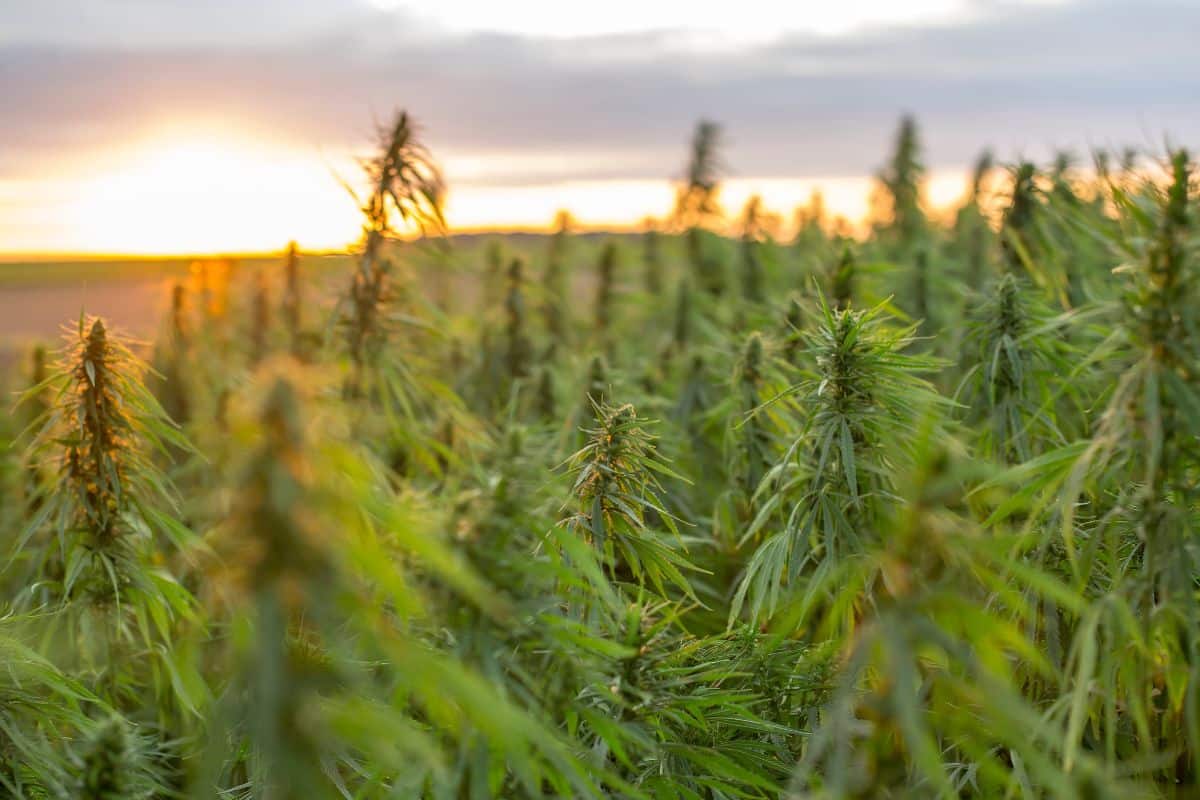
In the cultivation and processing of cannabis plants, two phases stand out: choosing the appropriate strain and the transition of the plant to a consumable substance. These stages are critical to producing high-quality marijuana with optimal levels of cannabinoids like CBGA and THCa.
Types of Cannabis Plants
When selecting cannabis plants for cultivation, you must consider the genetic make-up of the plants which determines the THC to CBD ratio. Plants classified as high-THC or high-CBD, and their parental crosses significantly affect the resulting cannabinoid profile. The presence of trichomes, the resin glands on the flower, is an indicator of the plant’s richness in cannabinoids. For instance, THCa Diamonds are high-purity crystalline formations found in cannabis concentrate, prized for their potency and semblance to THCa in its natural state.
Harvesting and Processing
Once your cannabis plants reach maturation, it’s time for harvesting. The optimal time to harvest is when the trichomes on the flowers reach their peak cannabinoid content. Harvesting too early or too late could significantly affect the potency of your product. During processing, these trichomes are extracted, and through decarboxylation, THCa is converted into the psychoactive THC. High pressure solvents may be employed to efficiently extract cannabinoids like THC and CBD from plant flowers. However, it requires careful handling to maintain the integrity of these compounds throughout the process.
Cannabis Culture and Consumer Behavior

In the realm of cannabis consumption, you may notice a distinct cultural shift towards diverse ways of experiencing THC and THCa. Understanding these nuances can shape your perception of marijuana and its various effects on appetite and obesity.
Consumption Trends
Smoking and vaping are the most traditional methods, with a fast onset of effects, allowing you to experience THC’s psychoactive properties quickly. However, the emergence of edibles introduces a different consumption pattern, with THCa being non-psychoactive until it’s converted into THC through decarboxylation. With the rise of cannabis acceptance, juicing raw cannabis for THCa ingestion has also gained popularity, highlighting its non-psychoactive appeal within cannabis culture.
- Smoking: Quick onset of psychoactive effects.
- Vaping: Less harsh than smoking, with similar onset times.
- Edibles: Longer onset, but effects can be longer-lasting and more intense.
- Juicing: A way to consume THCa without psychoactive effects.
Effects on Appetite and Obesity
Cannabis, particularly THC, is known to stimulate appetite, which can lead to increased food intake. This phenomenon, often referred to as the “munchies,” is a well-established aspect of marijuana use. On the other hand, some studies suggest that despite increased appetite, cannabis users have lower rates of obesity compared to non-users. The exact relationship between cannabis use, appetite stimulation, and obesity remains an area of active research with intriguing implications for your understanding of weight management.
- Appetite Stimulation: THC in marijuana is recognized for increasing appetite, which could lead users to consume more calories.
- Obesity Rates: Intriguingly, obesity rates among cannabis users may not be as high as one would expect, given the appetite-stimulating properties of THC.
Potential Psychological Effects

When exploring the psychological effects of THC and THCa, it’s essential to understand how these compounds interact with your brain. They both have psychoactive properties, yet their impacts on mood and anxiety can vary, influencing your experience.
Impact on Anxiety and Mood
THC, or tetrahydrocannabinol, is known for its potent psychoactive effects. It can produce a euphoric high, which could temporarily alleviate symptoms of anxiety in some individuals. However, in others, especially in high doses, THC may exacerbate anxiety and lead to discomfort or paranoia. Studies have suggested an intoxicating effect can alter mood states, sometimes leading to a pleasurable experience or, conversely, to heightened anxiety. For example, a study found that high potency THC products could significantly impact your mood and anxiety levels.
Conversely, THCa, or tetrahydrocannabinolic acid, is the non-psychoactive precursor to THC. It’s found in the raw cannabis plant. While it doesn’t produce intoxicating effects when consumed in its natural state, it might have other psychotropic benefits, such as modulating mood and anxiety, though research is still emerging on this front.
Potential for Drug Dependence
With repeated use, THC is known to have a potential for drug dependence. Your brain’s reward system can be affected, leading to a desire to continue using the substance to replicate the euphoric feelings or to relieve negative emotional states. Regular use of THC-rich cannabis might lead to tolerance, meaning you could need higher doses to achieve the same effects, potentially increasing the risk of dependence.
In comparison, because THCa is not intoxicating, it poses a lower risk for drug dependence. The absence of the high associated with THC might reduce the likelihood of developing habits connected to the substance’s use. As for its impact on conditions such as Huntington’s disease, research on THCa is still in its infancy, but it’s thought to have neuroprotective qualities that warrant further investigation.
Frequently Asked Questions
In this section, you’ll find specific, concise answers to common queries regarding THCA and THC, their effects, conversion processes, concentrations in cannabis, potential side effects, and therapeutic benefits.
What are the main differences between the effects of THCa and THC when consumed?
THCa (Tetrahydrocannabinolic Acid) is a non-psychoactive compound found in raw and live cannabis. In contrast, THC (Tetrahydrocannabinol) is the main psychoactive component of cannabis that produces the “high” sensation. THCa does not produce the intoxicating effects that THC does when consumed.
How is THCa converted into THC, and at what temperature does this conversion typically occur?
THCa is converted into THC through a process called decarboxylation, which occurs when cannabis is exposed to heat. The conversion typically happens at around 220 degrees Fahrenheit (104 degrees Celsius), which can be achieved by baking or smoking cannabis.
Can consuming THCa produce psychoactive effects similar to those of THC?
Consuming THCa in its raw form does not produce psychoactive effects, as it is a non-psychoactive precursor to THC. Psychoactivity becomes a factor only after THCa has been converted to THC through decarboxylation.
What are the typical percentages of THCa found in cannabis flower, and how do they compare to THC levels?
The typical percentage of THCa in cannabis flower can vary widely depending on the strain and growing conditions. Generally, most cannabis flowers contain higher levels of THCa than THC, since THCa is directly produced by the plant. Upon drying and curing, some THCa will convert to THC, and the THCa levels will naturally diminish over time.
What are the potential side effects associated with THCa consumption?
THCa is understood to be non-intoxicating and is generally considered to have a good safety profile. As it does not produce a high, consuming THCa typically lacks the traditional side effects associated with THC, such as impaired coordination or anxiety. However, comprehensive studies on its side effects are limited.
How do the potential therapeutic benefits of THCa compare with those of CBD and THC?
Research suggests that THCa possesses potential therapeutic benefits, including anti-inflammatory and neuroprotective properties, which may be beneficial in treating certain medical conditions. However, it doesn’t interact with the endocannabinoid system in the same way as THC or CBD (Cannabidiol), and each compound may offer distinct medical benefits. THC is known for its pain relief and anti-nausea effects, while CBD is renowned for its anti-anxiety and anti-inflammatory effects without psychoactivity. The therapeutic benefits of THCa are still under investigation and may provide an alternative for those seeking non-psychoactive relief.

